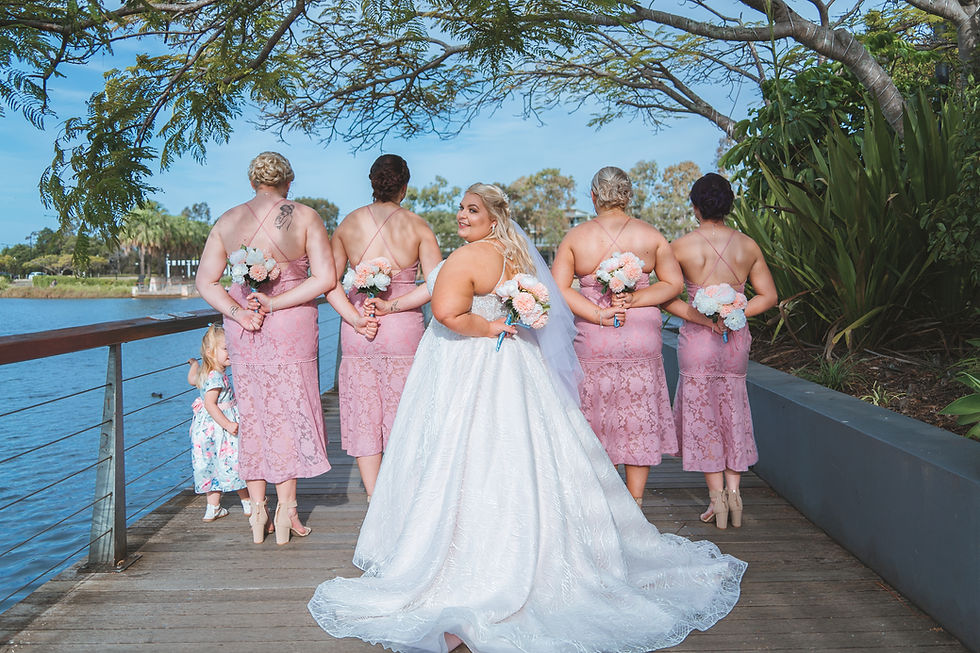Differences of Wedding Ceremony
- Sibthorpe Noriko
- May 17
- 2 min read

1. Not Seeing Each Other Before the Ceremony (Western) vs. Arriving Together (Japan)
Western Tradition
In Western weddings, it is traditional for the bride and groom not to see each other before the ceremony. This is known as the "First Look" moment—where the groom sees the bride for the first time as she walks down the aisle. This creates a deeply emotional and memorable scene.
Origins
This tradition dates back to medieval times, when arranged marriages were common. Couples were not allowed to see each other before the wedding to prevent either party from changing their mind. Today, this practice continues as a romantic custom to preserve the excitement and surprise of the moment.
Japanese Style
In Japan, the bride and groom typically arrive together, go through rehearsals and enter the ceremony venue side by side. The focus is often on efficiency and timing, rather than preserving the surprise.
---
2. Maid of Honor, Bridesmaids, Best Man, Groomsmen (Western) vs. No Such Roles in Japan
Western Roles and Origins
In Western weddings, the bride is supported by a Maid of Honor and Bridesmaids, while the groom has a Best Man and Groomsmen or Ushers. These roles have historical roots in ancient Rome, where similarly dressed companions were meant to confuse evil spirits and protect the couple.
They also served as legal witnesses to the marriage. Today, they play important roles in planning, supporting the couple, giving speeches, and helping coordinate the ceremony.
In Japan
Such specific roles do not exist. Instead, friends may give speeches or help at the reception, but without designated titles or coordinated outfits.
---
3. Celebrants Hold Legal Authority (Western) vs. Not in Japan
Western Celebrants
In Western countries, weddings are often officiated by ordained ministers, priests, or licensed celebrants who have the legal authority to marry a couple. This is true even in non-religious (civil or humanist) ceremonies.
How to Become a Celebrant (e.g., in the U.S.)
Complete a training program through a recognized organization or church
Get ordained (sometimes online)
Register with the local government, depending on the state or country
Celebrants in Civil Ceremonies
Even in non-religious settings, couples hire a certified celebrant who is paid to conduct a legally recognized wedding.
In Japan
Japan has no such system. Many “ministers” in chapel-style weddings are actors or facilitators, and only the legal submission of the marriage registration form is legally binding.
---
4. “Virgin Road” Is Japanese-English
Correct Term in English
In English, it’s called the aisle or wedding aisle—not “virgin road.”
Origin of the Japanese Term
The term "Virgin Road" is a Japanese creation that became popular in the 1980s, during the rise of Western-style weddings in Japan. It reflects a romantic image of purity and tradition but is not used in English-speaking countries.
Use expressions like “walk down the aisle” in English settings.

Comments